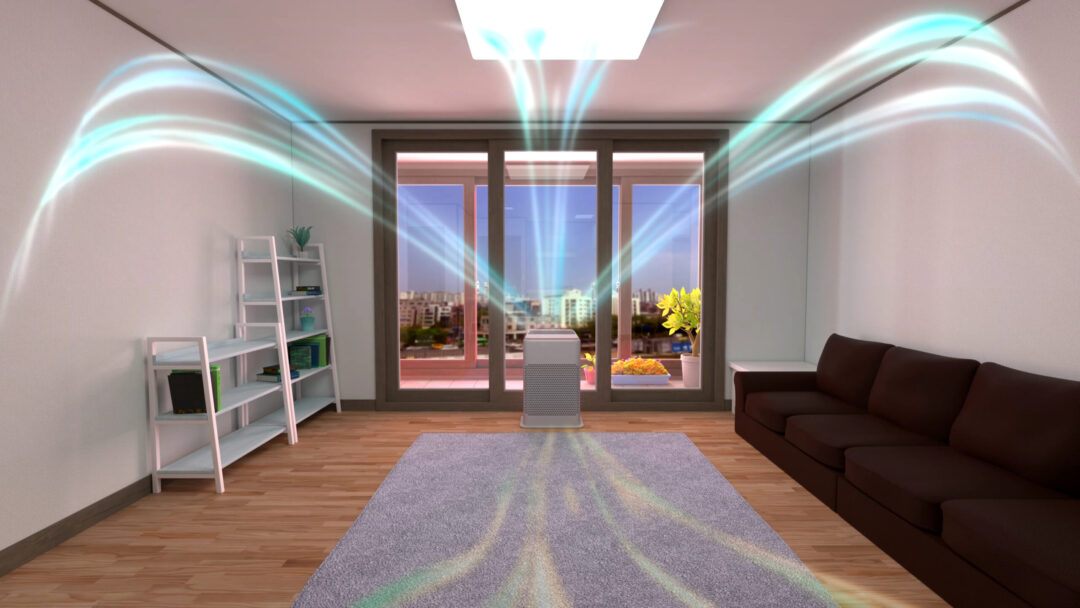According to experts, ventilation is the best way to get a fresh indoor climate, but if you live in the middle of the city or near a busy road, you might not be so keen to let in even more air pollution. And if you suffer from pollen allergies, ventilation doesn’t seem like the obvious alternative either.
Here we take a look at the Blueair HealthProtect 7440i, which costs EUR 729, and the TLC breeva A5, which at EUR 250 is somewhat cheaper, to check whether they do any good. Of course, we’re also curious about what the difference is and how it affects the experience and usage.
What’s the problem?
We spend a lot of time indoors, and the indoor environment isn’t always the best due to cooking, smoking, mites, chemicals from furniture and textiles, and much more. If you also have furry animals or perhaps birds, there are even more particles flying around in the air and contributing to a poor indoor climate.
And if you follow the experts’ advice and air out every day, you are also likely to be not only letting out the particles you have indoors, but also letting in particles from cars, road wear, industrial emissions, etc.
What should an air purifier do?
The size of particles in the air is measured in PM, and the particle mass for particles up to 2.5 micrometres in diameter is referred to as PM2.5 and up to 10 micrometres as PM10.
In addition, there are VOCs (Volatile Organic Compounds), which the WHO defines as volatile organic compounds, where TVOC (Total Volatile Organic Compounds) is simply a collective term for different combinations and contents of VOCs.
The idea of an air purifier is, just as it sounds: It should help clean the air. It should filter out those unwanted particles and impurities, so you get a better indoor climate.
To do this, most air purifiers use HEPA (High-Efficiency Particulate Absorbing) filters, where the ability to filter out small particles is indicated by a number (13 is very common), and some also combine it with an activated carbon filter to further increase the effect and remove unwanted odours.
How we tested
Good sleep is key, which is why the air purifiers were placed on a rotating basis in the bedroom. Of course, it’s crucial to buy a product that’s designed for the size of the room you want to use it in, so think carefully before you run down to the store.
The air purifier was then allowed to do its job for about 14 days, during which I tried to behave like a normal consumer. Okay, let’s get started …
